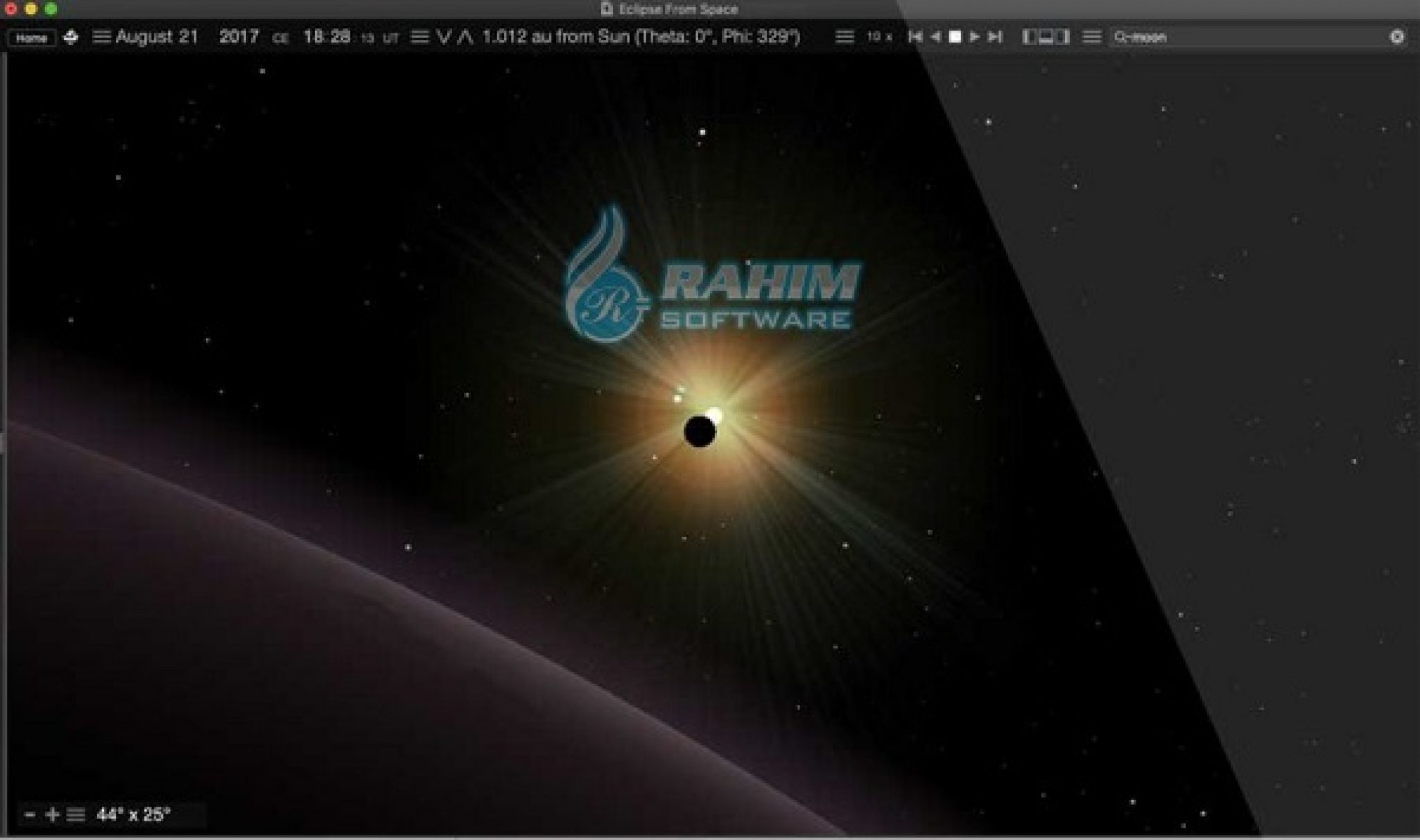
I confirmed this by getting a couple hours sleep, then getting up and observing the real Albireo while the memory of Iota Cancri was still fresh. So I will readily admit that my idea of the “Winter Albireo” doesn’t quite measure up to the summer one, but it comes close. I always see it as gold and blue – very easy to split and with dramatic contrast.Īnd when I looked at Iota Cancri on this occasion I saw a wonderful yellow – pale yellow – primary and a beautiful, deep, sky-blue secondary. My observations of it go back nearly half a century and I’ve never tired of looking at it.

Well, mark me down as “neglectful” – I’ve never seen Herschel 3945, but now I am really curious, so it has moved to the top of my “to be observed list!” And when I do observe it I may change my tune, but from what I’m reading I just don’t see how they give it this nickname while ignoring Iota Cancri. What I did find, as I said, is that another double I’ve never seen is called the “Winter Albireo” by many others and is generally regarded as too frequently neglected. Or at least I can’t find any other reference to it as such. When I saw those notes as I was planning this observing session, I assumed that was it’s accepted nickname – wrong! Seems like the only one calling Iota Cancri that is me. See, Iota Cancri looks so much like Albireo to me that I have written “Winter Albireo” in the margins of two of my observing books next to the Iota Cancri entry.
#Starry night pro 5.8 4 full#
” From a planet orbiting the secondary, the primary “would look about four times brighter than the Full Moon.” I love to carry images like that in my head to the telescope and ponder them as I observe.īut I’m getting side tracked.

(Almost as far apart as the real Albireo and a bit farther apart than what others call the “Winter Albireo.”) Consolmagno and Davis note that if you were on a planet that orbited the primary star, you”would see its companion as a very bright star, about half as bright as the Full Moon. This is one of the doubles featured by Guy Consolmagno and Dan Davis in their beautiful observing guide, “Turn Left at Orion.” The primary is a giant and while the two stars are gravitationally linked, they are quite far apart as doubles go.

(Prepared from Starry Night Pro screenshot.) Your fist held at arms length covers about 10 degrees – just a bit more than the distance between the Beehive and Iota Cancri.


 0 kommentar(er)
0 kommentar(er)
